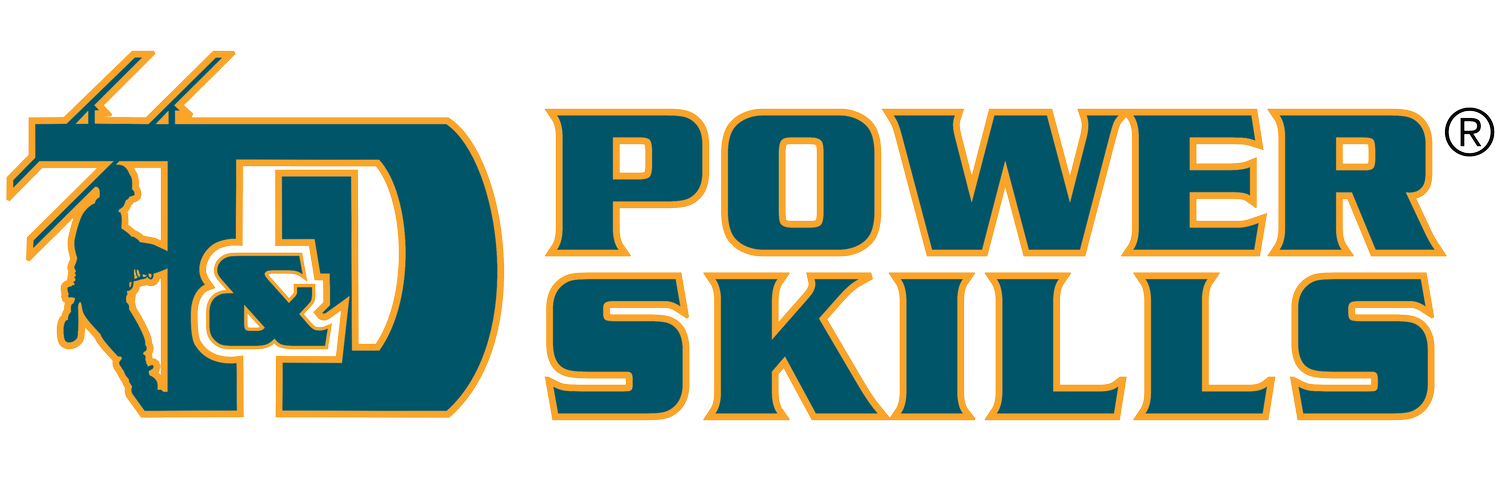Overhead Distribution Systems
COURSE DESCRIPTION
This training program is designed to familiarize students with the various types of weights and tensions associated with rigging in line work. The safety factor for a job that includes rigging is also covered. The procedures and concepts presented assume a familiarity with basic electrical theory and transmission and distribution systems.
COURSE GOALS
Describe the basic layout of an overhead distribution system.
Identify circuits and equipment in the field.
Outline the basic characteristics of delta and wye systems, and describe their distinguishing characteristics.
Recognize and identify a 34.5 kV primary distribution system.
SUBJECTS AND OBJECTIVES
Distribution Systems Layout
Identify the major components of a typical overhead distribution system.
Distinguish between primary and secondary distribution systems.
Identify common overhead distribution system layouts.
Identify the major line sections of an overhead distribution system.
Poles, Pole Hardware, and Conductors
Recognize and identify distribution pole hardware.
Recognize and identify overhead distribution conductors.
Pole Top Equipment
Recognize and identify the following types of pole top equipment: transformers, voltage regulators, capacitors, reclosers, sectionalizers, fused cutouts, surge arresters, static wires, and gang-operated air switches.
Delta and Wye Primary Systems
Describe the winding connections for a substation transformer in a delta primary system.
Describe the winding connections for a substation transformer in a wye primary system.
Explain how to distinguish between delta systems and wye systems.
34.5 kV Primary System
Recognize and identify a 34.5 kV primary distribution system.
Explain the function of a dual voltage transformer.
